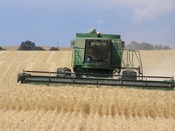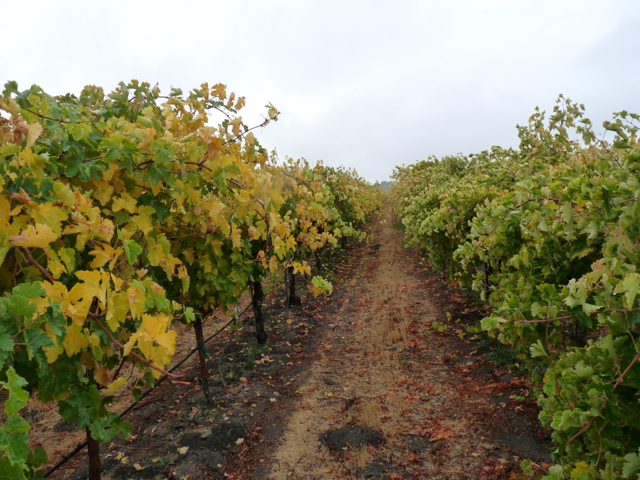Bipartisan Group of Former Agriculture Secretaries Urges Congress to Pass Trade Promotion Authority
A bipartisan group of former U.S. Agriculture Secretaries, representing all past Administrations from those of President Jimmy Carter to President George W. Bush, issued the following open letter urging Congress to pass Trade Promotion Authority.
The former secretaries note that boosting trade and exports is highly beneficial to America’s agriculture economy and that Trade Promotion Authority—which has been given to all previous presidents since Gerald Ford (with similar authority granted to all presidents since Franklin Delano Roosevelt)—is critical for successfully negotiating new trade partnerships that boost exports and create jobs. Congress could begin consideration of legislation to grant President Obama Trade Promotion Authority as early as next week.
The letter from the former Secretaries follows:
As former U.S. Secretaries of Agriculture, we know firsthand the importance of trade to America’s farm and ranch families. Access to export markets is vital for increasing sales and supporting farm income at home. Recognizing the importance of exports, we worked hard to open foreign markets, including negotiating new or expanded trade agreements with other countries. Trade agreements lead to expanded agricultural exports by promoting economic growth, removing trade barriers and import duties and developing mutually beneficial trade rules.
Key to our ability to negotiate and implement market-opening agreements has been enactment of trade negotiating authority. This authority, now called Trade Promotion Authority (TPA), ensures that the U.S. has the credibility to conclude the best deal possible at the negotiating table. TPA also ensures common negotiating objectives between the President and the Congress, and a continuous consultation process prior to final Congressional approval or disapproval of a trade agreement.
Every President since Gerald Ford has received TPA. Thanks to opportunities created by trade agreements, U.S. agricultural exports in fiscal year 2014 soared to a new record of $152.5 billion propelling farm income also to new highs. Trade helps farmers, their suppliers, distributors and customers. Exports support rural economies and the U.S. economy as a whole through agricultural processing, ancillary services and a host of related businesses. This was true when each of us served as US Secretary of Agriculture, and it is true now.
We are excited about new opportunities for U.S. agriculture in foreign markets. Opening markets helps farm families and their communities prosper. Other governments also recognize this and are actively forging their own trade agreements. If the United States stands still, other countries will quickly move ahead of us.
For us, the choice is clear: we encourage Congress to enact Trade Promotion Authority and support trade agreements that help U.S. farmers, ranchers, and producers thrive.
Signed,
Secretary Ed Schafer (2008–2009)
Secretary Mike Johanns (2005–2007)
Secretary Ann Veneman (2001–2005)
Secretary Dan Glickman (1995–2001)
Secretary Mike Espy (1993–1994)
Secretary Clayton K. Yeutter (1989–1991)
Secretary John R. Block (1981–1986)
Secretary Robert Bergland (1977–1981)
















